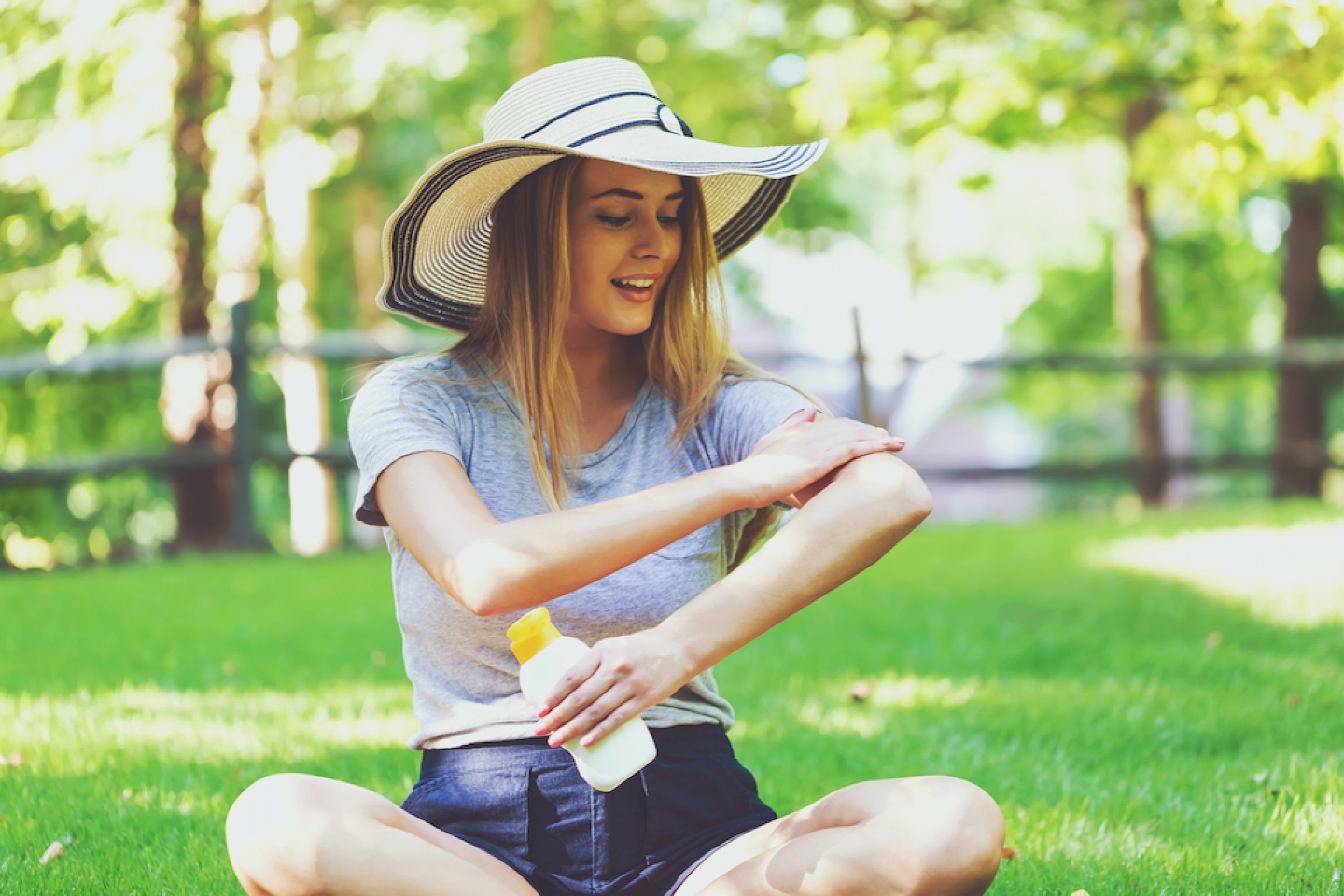
However glorious sunshine feels, getting too much of it--especially without protection--can be dangerous. Understanding the risks of too much sun and how to protect yourself can help you have a safe and fun summer.
The sun emits potentially damaging ultraviolet radiation, including UV-A and UV-B rays. Although “incidental sun exposure” that does not cause redness (primarily a sign of UVB injury) or tanning (primarily a sign of UVA injury) would be considered safe, this varies from person to person and according to environmental conditions--latitude, time of year, time of day, and the sun’s reflection off of a nearby body of water, says Andrew F. Alexis, MD, Vice-Chair for Diversity and Inclusion for the Department of Dermatology. Moreover, after months of social distancing--much of which occurred indoors--prolonged or intense sun exposure poses a higher risk of sun burn. “Skin redness or sunburn may occur with a shorter duration of sun exposure under these conditions,” Dr. Alexis says.
Most UV radiation comes from sunlight. About 95% of the UV rays from the sun that reach the ground are UVA rays, while the remaining 5% are UVB rays. UVA rays can cause long-term skin damage, like premature aging and wrinkling, and may lead to some skin cancers. UVB rays can directly damage your skin cells’ DNA and are the main rays that cause sunburns and most skin cancers. The amount of UV exposure you get depends on the strength of the rays, the length of time your skin is exposed, and whether you are wearing clothing or sunscreen to protect it.
Other sources of UV radiation include:
Most skin cancers stem from exposure to the UV rays in sunlight, as well as those from some artificial sources, like tanning beds or booths. Your risk of melanoma--the most serious form of skin cancer--is higher if you started indoor tanning before age 30 or 35; your risk of basal or squamous cell skin cancer is higher if started before age 25.
Spending too much time in the sun is not the only source of skin cancer risk. Previous serious sunburns, as well as signs of sun damage to the skin, such as liver spots, actinic keratoses (rough skin patches that can be precancerous), and solar elastosis on the neck (thickened, dry, wrinkled skin caused by sun exposure) also increase your risk.
In addition to skin cancer, over-exposure to UV rays can cause:
Although exposure to UV rays stimulates the production of necessary vitamin D--which might reduce some cancer risks--you’re better off getting it from your diet or vitamin supplements, which do not increase skin cancer risk and are more likely to provide the amount you need. “As a source of vitamin D, oral supplementation is recommended over deliberate prolonged sun exposure, given the balance of risks to benefits,” Dr. Alexis says.
Fortunately, there are easy ways to keep sun exposure safe: